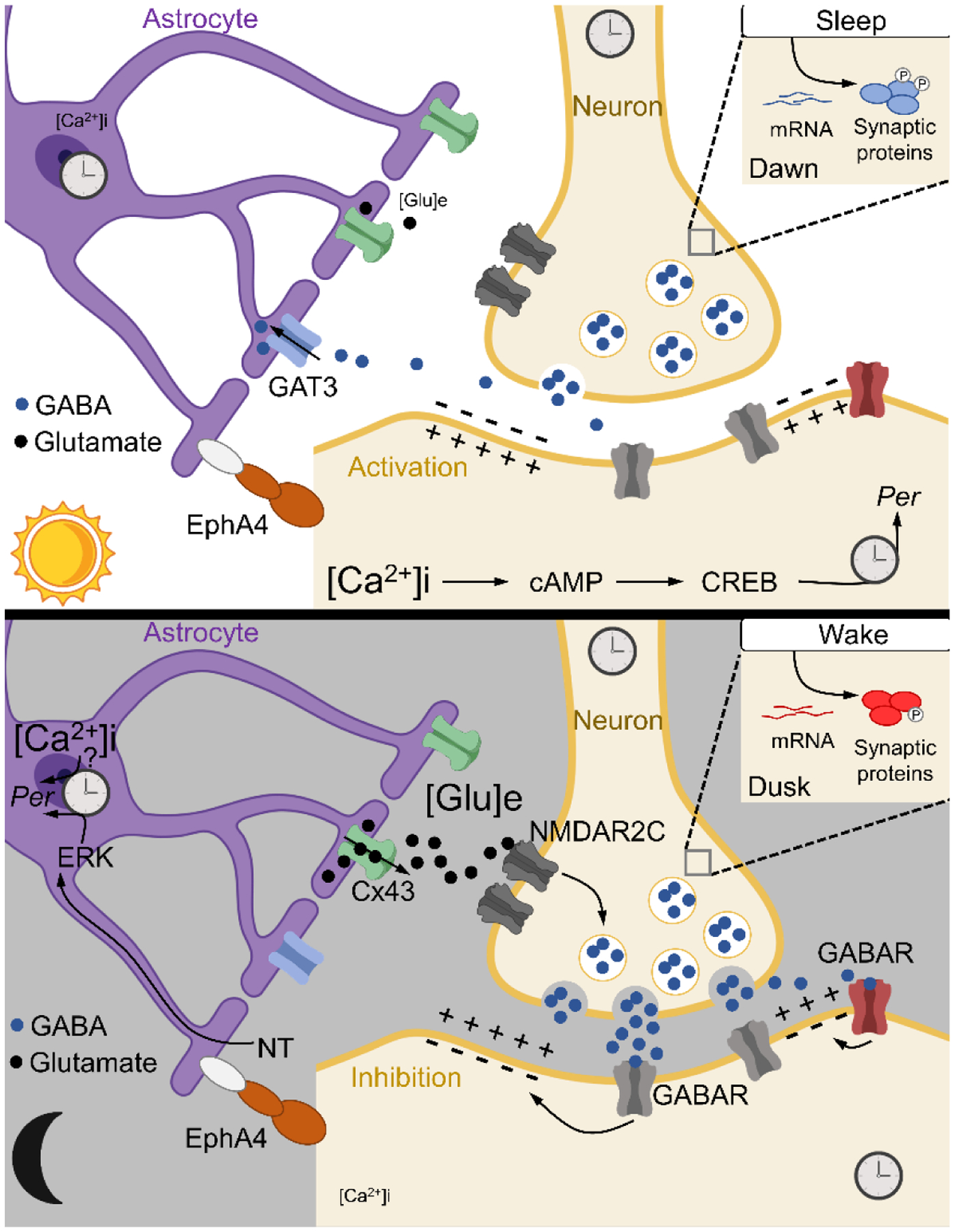Figure 2. Coupling of clocks in neurons and astrocytes.

Astrocytes harbor autonomous clocks that operate in anti-phase to neurons. During daytime, astrocytic glutamate release is suppressed, which inhibits presynaptic terminals to alleviate GABA, stimulating electrical activity and Ca2+-induced CREB activation leading to Per2 gene expression. At nighttime, astrocytes release glutamate, which acts on presynaptic terminals to enhance GABA, in effect inhibiting electrical activity and Per2. Regulation of Per2 in this manner links rhythmic astrocytic signals to the clock in neurons. Other components implicated in this process are GAT3, an astrocytic GABA transporter, and EphA4, an adhesion molecule that physically connects astrocytes and neurons and the connexin 43 (Cx43) hemichannel. Upper right inlet – the sleep-wake cycle drives oscillation of synaptic proteins and their phosphorylation, another layer of circadian regulation. GABA – γ-aminobutyric acid; cAMP – cyclic adenosine monophosphate; CREB – cAMP response element-binding protein; Per2 – period 2; GAT3 – GABA transporter type 3; EphA4 – EPH receptor A4; Glu – glutamate; ERK – extracellular signal-regulated kinase; NT – neurotransmitter; NMDAR2C – N-methyl-D-aspartate receptor 2 c; GABAR – GABA receptor.
